- Home
- slideshows
- miscellaneous
- 22 things I wish I had when I brought my puppy home
22 things I wish I had when I brought my puppy home
A dog bed as comfortable as yours

A crate that also matches your furniture
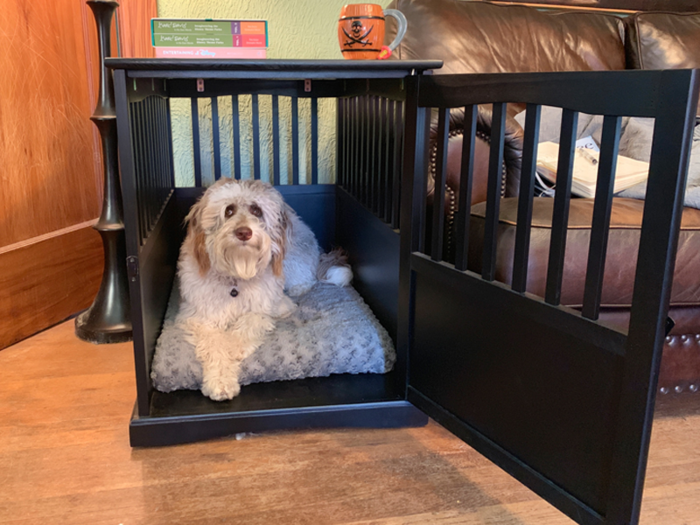
Crate-training your puppy allows them to have their own space where they can feel safe and comfortable. You can opt for a standard metal crate, or choose a crate that also blends well with your furniture, like our freelance reporter did.
A food and water bowl
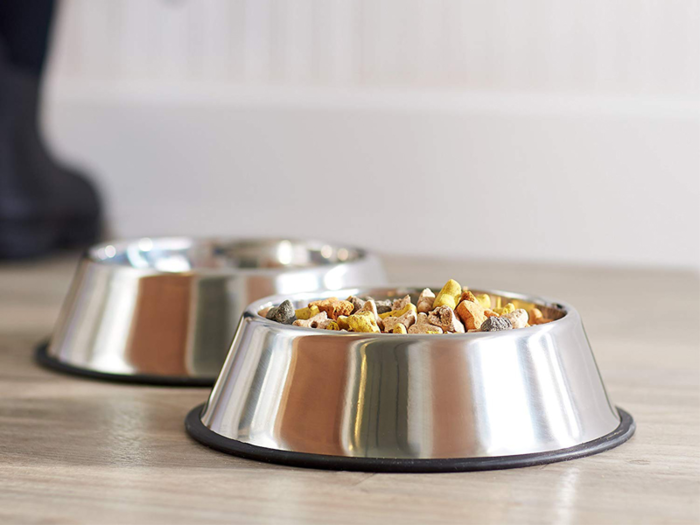
Food and water bowls don't always need to be fancy, but they should definitely be functional. Many puppies will be confused or intrigued when they first encounter bowls, so rubber bottoms will help keep them in place (or at least attempt to) while your new puppy gets acquainted to them.
An ID with pertinent contact information
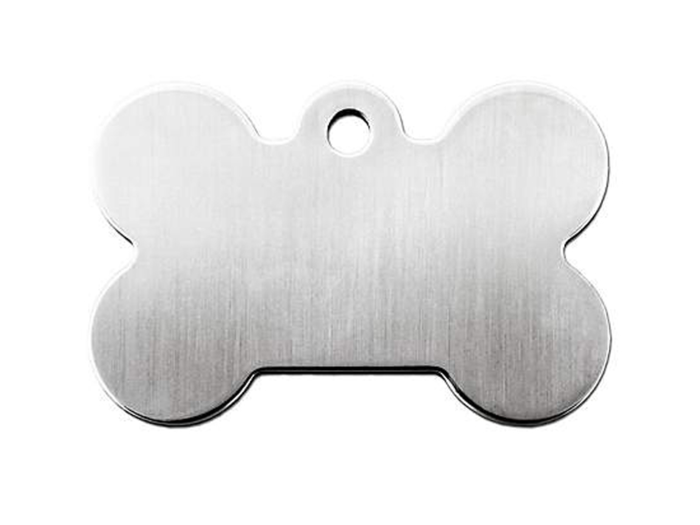
At the very least, your puppy should have identification tags attached to their collar or harness when they're outside in case they get loose or lost. List all important information like their name and your contact information on it so someone can actually find you and return your pup.
If you want to get fancy, places like Petco can even engrave your tag if you stop by the store.
A harness to wear during walks
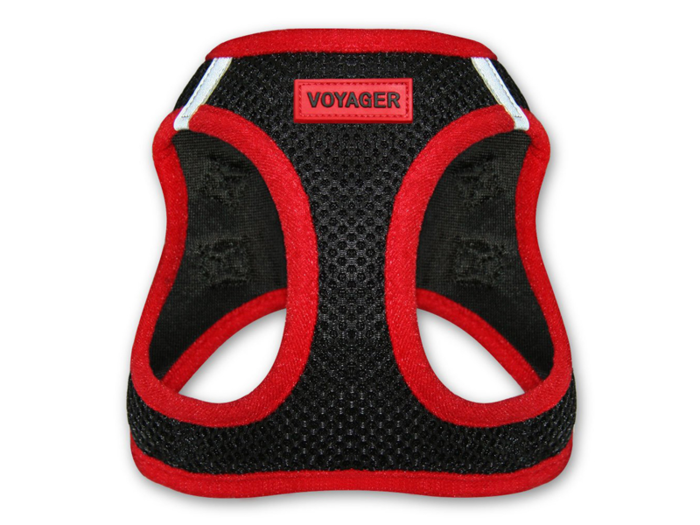
Depending on the size and breed of your puppy, you might want to opt for a harness instead of a collar. Harnesses are a great alternative for dogs like pugs and Boston terriers with sensitive tracheas. This mesh harness is both breathable and weather resistant. Learn more about collars and harnesses here.
Absorbent pads to help potty train

Depending on the size of your puppy, many new dog-parents will opt to potty train their new puppies on a potty pad, or because they can't walk their dog often. No matter the situation, these can be helpful during the first several months with your new puppy.
A training leash for walks
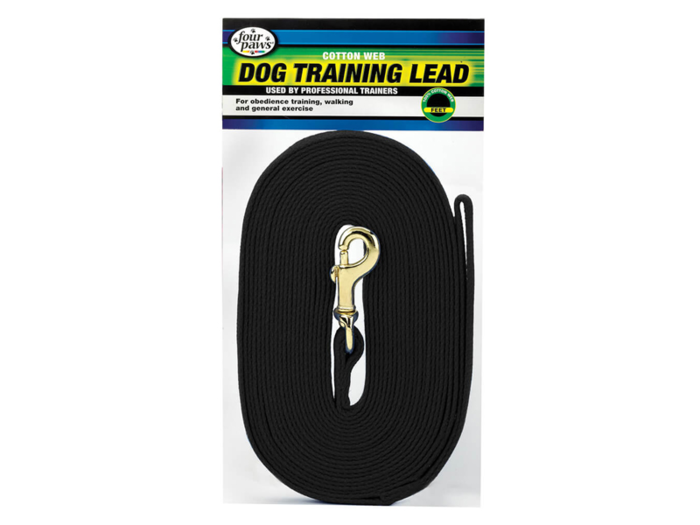
Once your new puppy is ready, you can start leash training. A long leash will give your pup just the right amount of slack, and keeps you from buying multiple leashes while training.
A clicker to help train your puppy
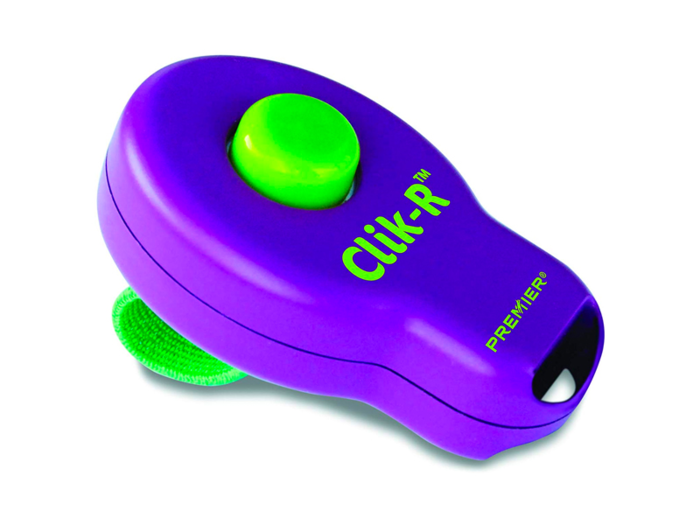
Clickers are simple and painless tools that can be used when training your new puppy. The sound of the click followed by a treat helps your puppy learn to associate positive actions with rewards.
A package of treats specifically for training
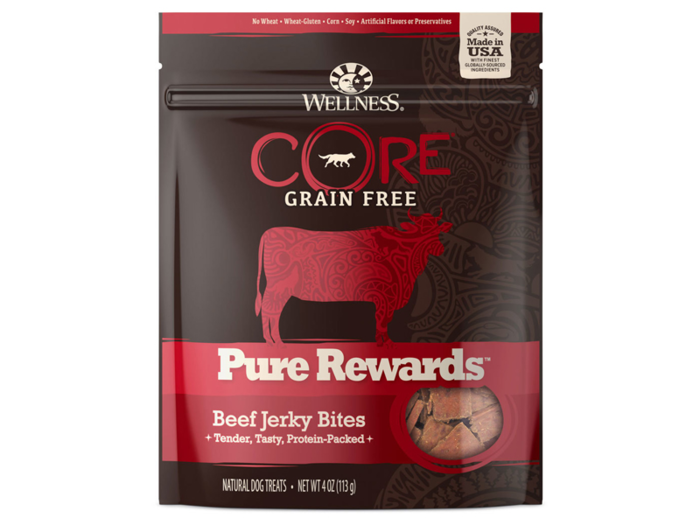
Treats can be good to have on hand when teaching your new puppy basic commands like sit and stay, or tackling a larger task like walking on a leash. Pure Rewards are small and soft, so they're easy to eat and won't fill up your puppy during training sessions.
A simple neck collar
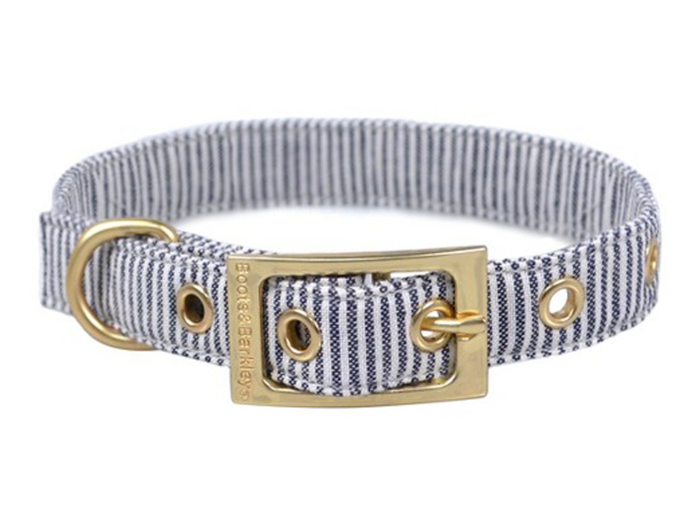
A cute collar just makes your pup look even more adorable in photos.
A puppy play pen
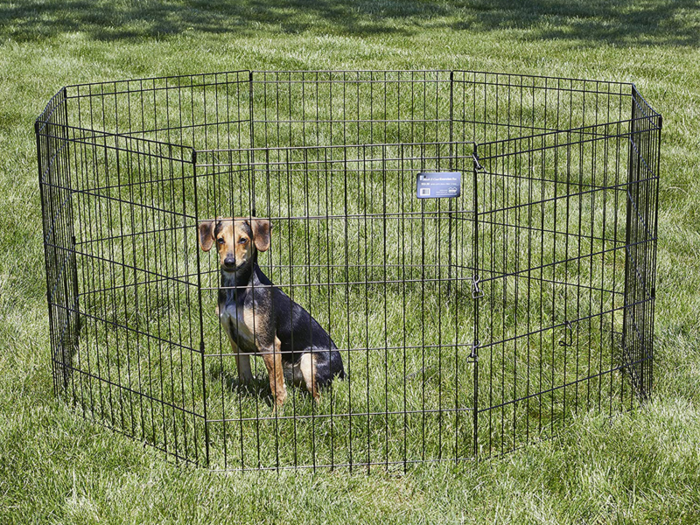
Play pens can be used inside or outside to create a designated space for your puppy. Pens still allow your puppy freedom to move around, while also giving you to control over where they go.
They're also great if you're introducing them to grass or bringing guests into your home for the first time, so they can get used to new humans.
Dog food designed for puppies
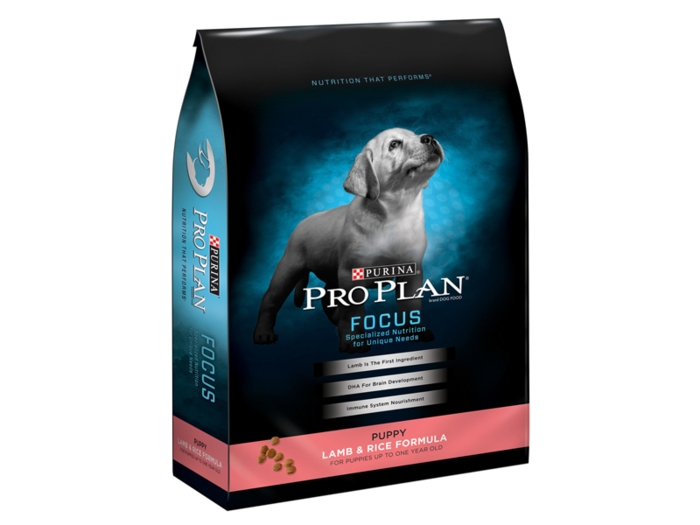
Once puppies are old enough to consume dry food, they should be eating a formula designed for growth like Purina Pro Plan.
Depending on the breed of your dog, it should consume puppy formula until anywhere from 9 months to 24 months old. Check out our best dog food guide for more suggestions.
A teething toy
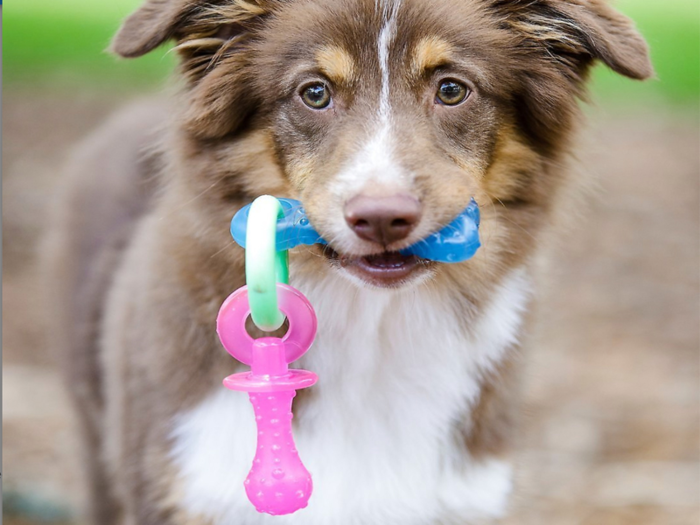
Just like newborn babies, puppies will teeth while their adult canines grow in. The ridges and bumps on this toy will help soothe growing pains and simultaneously clean plaque and tartar.
A pet gate to block off doorways
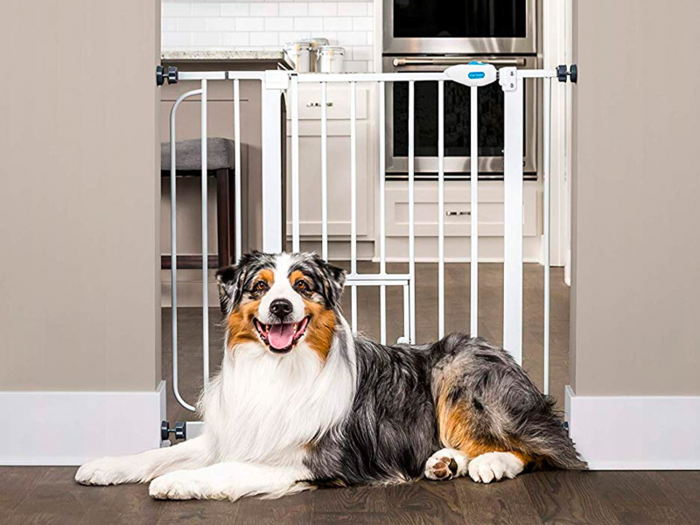
It's not uncommon for new pet owners to want to keep certain rooms off-limits like kitchens or bathrooms, especially if you have a little thief on your hands. Simple pet gates can block off doorways while still allowing easy entrance and exits for us humans.
A squeaky toy to stimulate natural instincts

Plush toys can help encourage a more active playtime. This one features a squeaky center that stimulates natural instincts and can grab dogs' attentions quickly and easily.
A gentle shampoo for washing
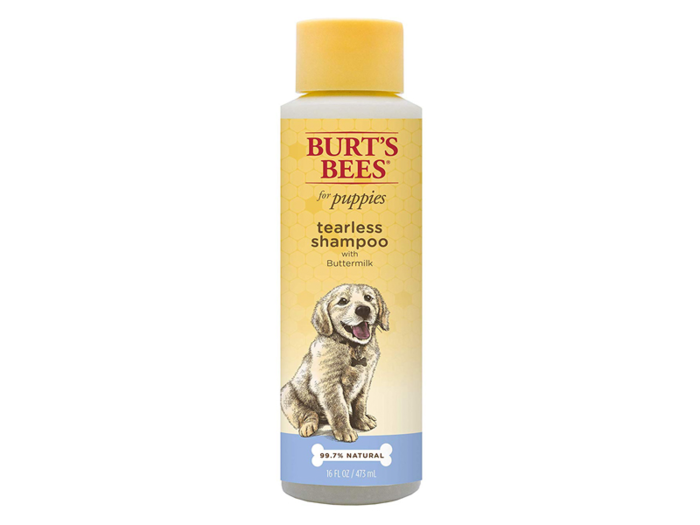
Just like babies, puppies should be washed with a gentle formula shampoo that won't irritate their skin or damage their coat. This Burt's Bees puppy shampoo has buttermilk to help soothe and soften skin, honey to help retain moisture, and a pH-balanced formula to help avoid dry skin.
A versatile brush that won't damage your puppy's coat

A puppy's coat can be finer and more delicate than when they're full grown. The type of hair or fur your puppy has also greatly depends on the breed of dog they are, so short-haired dogs like pugs will need a bristle brush while long-haired dogs like golden retrievers will need a pin brush. Learn more about the different types of dog brushes here.
A pet-safe stain and odor remover
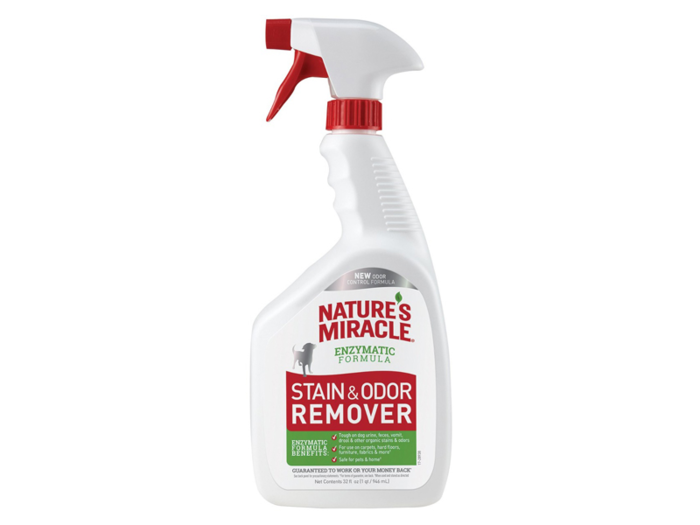
Accidents happen, and they're going to happen a lot when you bring home a new puppy. This stain and odor remover can help keep your floors, carpets, and couches fresh, while discouraging further accidents in the house.
A disposable and easy-to-use toothbrush
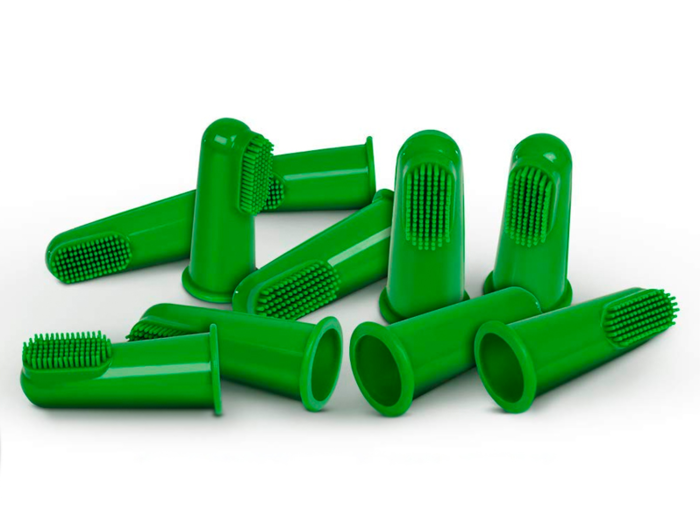
Using these finger brushes instead of traditional soft bristle toothbrushes allow you to have more control when attempting to brush a squirming puppy's teeth.
Dog toothpaste
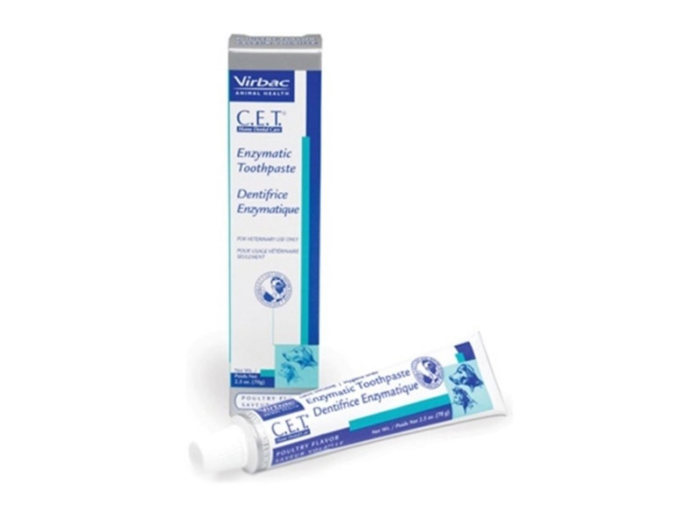
When brushing your puppy's teeth, you should use toothpaste formulated specifically for dogs. Human toothpaste can contain ingredients that might be harmful to your pet if they accidentally ingest it. Plus, the toothpaste is often flavored like beef or chicken, which is far more enticing than mint.
A full stock of scented waste bags
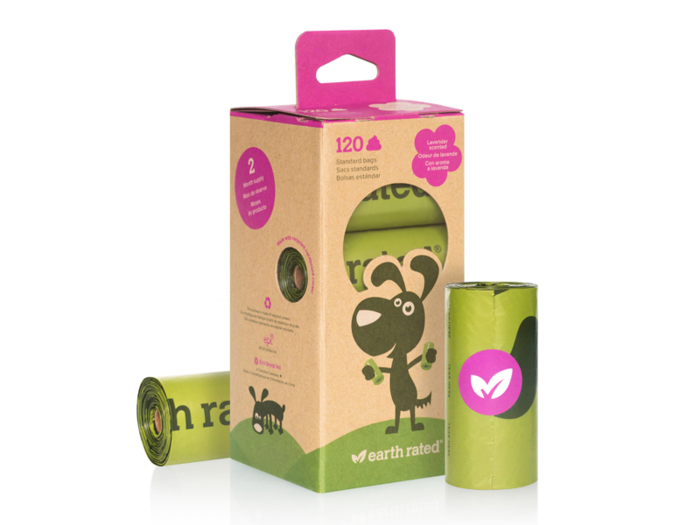
Once your puppy is potty trained, you'll need a large stack of waste bags to clean up after them. These specific bags are scented with lavender to help shield nature's smell.
A waste bag holder that can be attached to their leash
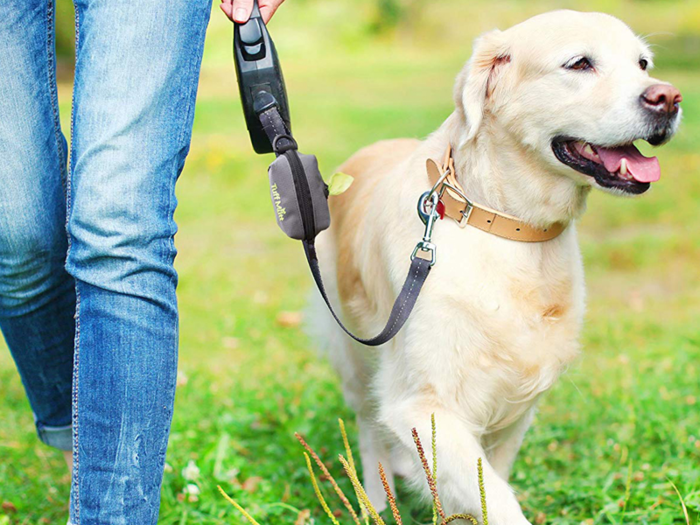
This waste bag holder can be attached to any leash so you'll always have bags on hand during walks and outdoor events.
Popular Right Now
Popular Keywords
Advertisement